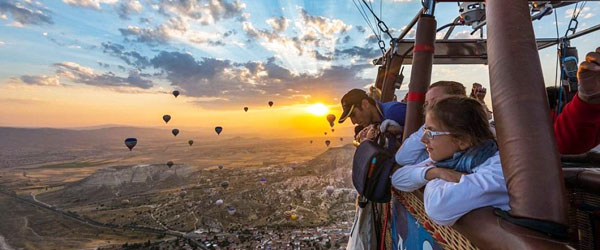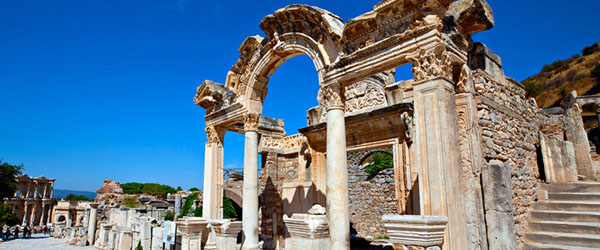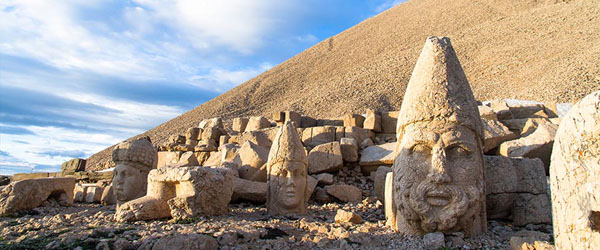The archaeological museum is one of the largest museums in the world with over one million works of various cultures. Archaeological Museum, the oldest museum building was built in Turkey was established in late 19th century painter and museum director Osman Hamdi Bey as the Empire Museum and was opened to visitors on June 13, 1891.
Istanbul Archeology Museum Informations
Istanbul Archeology Museums, which date back to the time of Fatih, are the largest of the steps taken in the name of museum in these lands. The museum complex, with more than 1 million works, has no information about the history of Anatolia.
With its large collections, the museums have shed light on the history of many civilizations from 3 continents through which we interact culturally.
The foundations of the Istanbul Archaeological Museums were laid with the establishment of the Museum-i Humayun (Imperial Museum) in 1869, where the collection of archaeological artifacts gathered at the Hagia Irene Church.
Osman Hamdi Bey, who was educated in France in 1881, has been appointed as the ruler of the museum. The left wing of the main museum building was added in 1903 and the right wing in 1907.
7 legendary sarcophagi found in Istanbul Archeology Museum
1-Tabnit Sarcophagus
Egyptian hieroglyphic inscription on the chest, tells the first owner of the sarcophagus. In the second inscription written in the Phoenician alphabet, it is written that the second owner of the sarcophagus is the king of Sidon and that those who will open the sarcophagus will not find peace in this world or in the other world. The mummy of Tabnit is on display beside the sarcophagus.
2- Likya Sarcophagus
B.C. The Lycian sarcophagus belonging to 460 is one of the earliest examples of human-shaped sarcophagi. We see that a female head has been chiseled in detail, but only the lines are formed in the rest of the body.
3- Satrap Sarcophagus
Satrap Lahdi, BC. 5th century. Reliefs on hunting and journey scenes are; The servants and the grooms wait for orders to prepare the horse of the monarch before the long journey. The sarcophagus, considered a rare example of Ionian art, is a reflection of the ideal and elegant art.
4- Weeping Women Sarcophagus
B.C. The weaving women sarcophagus dated to the middle of the 4th century is the best example of the group called 'colonnaded sarcophagi' in archeology. It has its eastern traces in the art of Greek sculpture. Movements and expressions reflecting the sadness of figures, features belonging to Semitic communities. Lahdin, the King of Sidon Straton is thought to belong. 18 sad female figures among the columns symbolize the women in the harem of the dead. The edges of the sarcophagus cover, surrounded by reliefs of the funeral procession. All the figures are portrayed as real-life scenes with their natural movements and appearances.
5- Iskender Sarcophagus
The most important work in the Istanbul Archeology Museum, the Sarcophagus, one of the unique examples of Greek art ... BC. In the faces of the sarcophagus of the years 325-311, there are war and hunting scenes between the Persians and the Greeks. While the Greeks wear a short cloak, Persians see their pants and long-sleeved shirts.
6. Phaedra and Hippolite Sarcophagus
Theseus, king of Athens, portrays the myth that Phaedra, the wife of flour, falls in love with his stepson, Hippolyta. A.D. The work belonging to the 2nd century Roman period was found in Tripoli.
7. Sidamara Sarcophagus
Konya Sidamara The sarcophagus is named after its place. The most beautiful and the most magnificent of them ... M.S. It belongs to the 3rd century Roman period. A point of unexplored sarcophagus is depicted as a hunting scene on the long face.
Istanbul Archeology Museums Entrance Fee 2019
20 TL per person. The museum owners can make free visits to Istanbul Archaeological Museums.
The facility opened at 09.00 am, closed from April 15 to October 2 at 19.00, starting on 3 October and ending on April 14 at 17.00.


